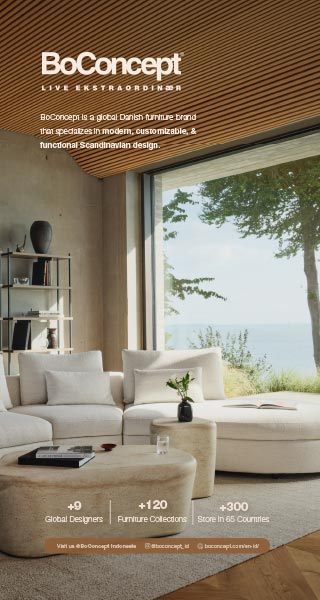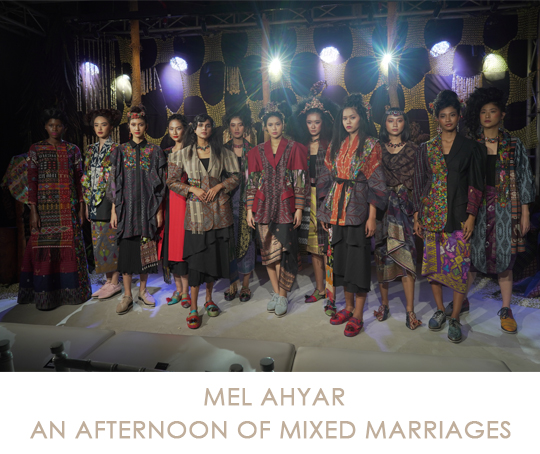
AN AFTERNOON OF MIXED MARRIAGES
Published by Sugar & Cream, Monday 04 April 2022
Images courtesy of Mel Ahyar & Lynda Ibrahim
The Plethora Of Indonesian Tenun
Indonesian designer Mel Ahyar, renowned for her bold designs and daring colors, titled her recent show “Kawin Campur”, meaning mixed marriage in English. As two marriages of mixed religions, one of the last taboos in Indonesia, recently made headlines, certainly Mel couldn’t have picked a cheekier title. But as the show progressed, it was evident that Mel meant more than literal matrimony.
Watch the video presentation here:
Video special apperance by: @ayangkahiyang, @gistaputri, @titiradjopadmaja, @hessy_az, @raniasalsabilaazzahra, @anazsiantar, @jessicasadikin, @windyhartanto
Two years of pandemic has left practically everyone in creative industry, including fashion and heritage crafts, suffering heavily. Who would need new clothing or fancy accoutrements when there was no event to attend, when even grocery shopping had been relegated to online apps? Cita Tenun Indonesia (CTI), one of the most successful undertakings in bringing traditional Indonesian woven cloths (tenun) to contemporary market, wasn’t spared either. Hendar, a traditional weaver from Garut who’d received design and business coaching from CTI, admitted that business was so slow during the pandemic that many weavers had to return to agriculture to make ends meet. Stranded with piles of tenun and numerous weavers behind them, CTI decided to work with Mel Ahyar to turn the fabrics into ready-to-wear clothes as the pandemic eased.
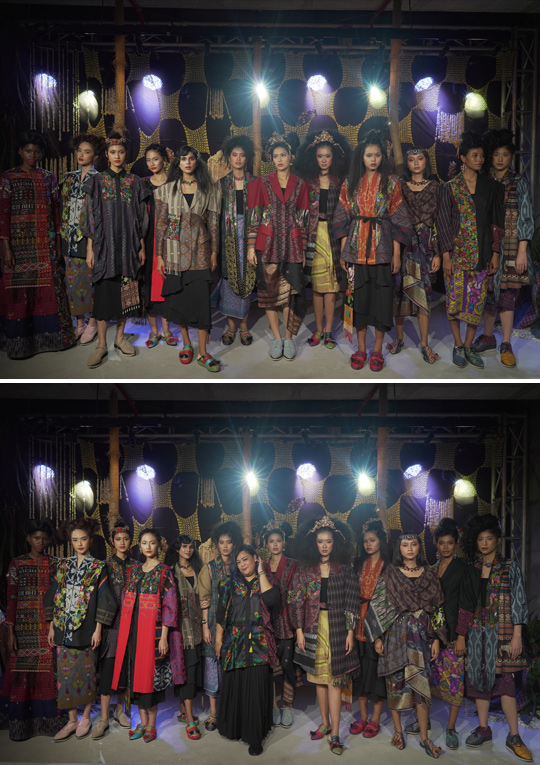
During her research Mel discovered how the plethora of Indonesian tenun was fairly a mixing of many aspects—history, influence, technique, even price range—which are seldom straightforward. Launched from this angle, Mel juxtaposed different tenun types and prices then marrying them through her aesthetics. The results? 25 wonderful pieces in 12 different heritage textiles, in which the tenun’s texture and colors made the clothing beyond mere embellishments—while keeping within the DNA of Mel Ahyar brands. The collection offers 18 outerwear pieces in the form of jacket, kimono and flyaway cape, along with 4 chemises and 3 dresses.

Presented by Som Santoso
Faithful fans of Happa Happa, one of Mel Ahyar brands known for easy pieces with touches of traditional fabrics, would easily identify with this collection, although Mel had other plans. Speaking in tandem with her husband and business head Arie Panca, the pair stated that the collection was named Archipelago and marketed under the primary brand Mel Ahyar, with the Archipelago collection to be dedicated for heritage textiles in the future. How the duo strategizes this new addition into the growing repertoire of Mel Ahyar brands will make an interesting watch. A notable change in recent years is the apparent retirement of Mel Ahyar First, a brand that for years presented lively collections, like the one inspired by Austrian artist Erwin Wurm (insert link: Spring Started In Style And Substance | Sugar & Cream | A Beautiful Life Deserves a Beautiful Home (sugarandcream.co) ) or the successful Idul Fitri capsule collection with Cotton Ink.
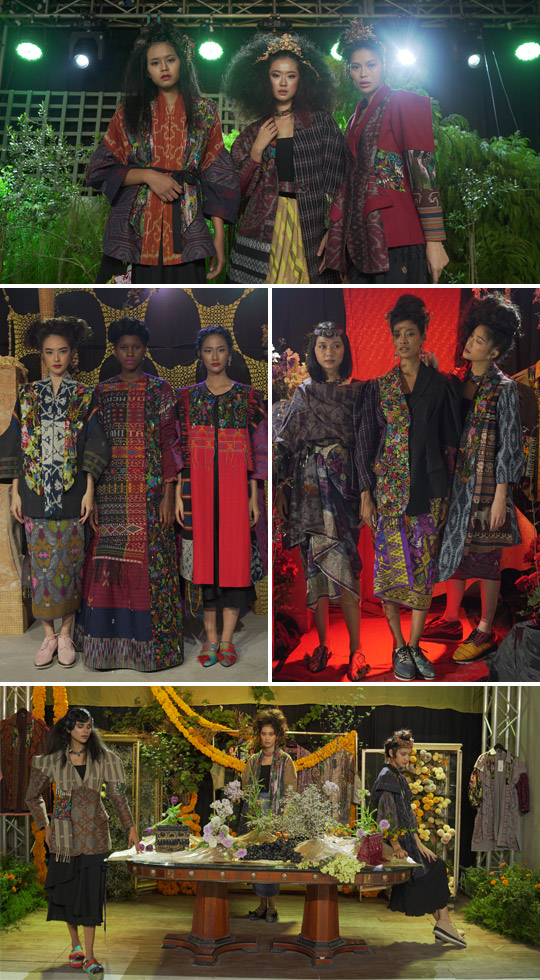
Back to the current collection. Both the duo behind Mel Ahyar and Dewi Ivo Rajasa, current frontwoman of CTI, openly spoke about possible future collaborations including for foreign markets. As a designer Mel Ahyar has tried her luck in a couple of trade showrooms in Europe, and the recent selection of Purbalingga-based Sean Sheila and Bali-based jewel Rocks in the official trade showroom of Paris Fashion Week Fall/Winter 2022-2023 has certainly given her and CTI a goalpost to aim—all challenges notwithstanding. Arie and Mel repeatedly stressing the importance of meeting buyers most prospective to their design DNA. Dewi cited inconsistency, an artisanal quality that gives the premium “handmade” credence, as also a real obstacle for fulfilling large or repeat orders—a chronic dilemma known too well to Indonesian handicraft industry.
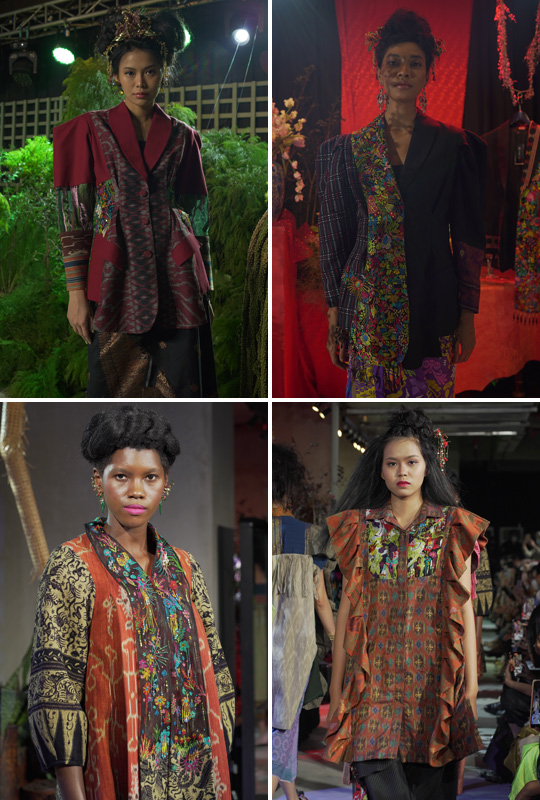
Beyond the collection, the Kawin Campur show itself was a mixed of conventional catwalk and shopfront windows, a decision that was probably necessitated by the limited space. 12 models walked the short runway, each representing a character whose background of mixed relationships was narrated to the audience, then parked themselves in 1 of 3 decorated spaces to change clothing and interact with each other. The effect given to the audience was longer time to observe the fashion donned by live mannequins in a setting very similar to a boutique’s window. The invitees, mostly chic ladies bedecked in CTI or Mel Ahyar pieces, swarmed the models immediately afterwards for closer inspection and mandatory picture-taking. Outside, a lounge with comfy couches and fluffy pillows cased in CTI handwoven fabrics gave guests chance to check out merchandises or engage with weavers like the aforementioned Hendar who gave live demo of handweaving techniques.
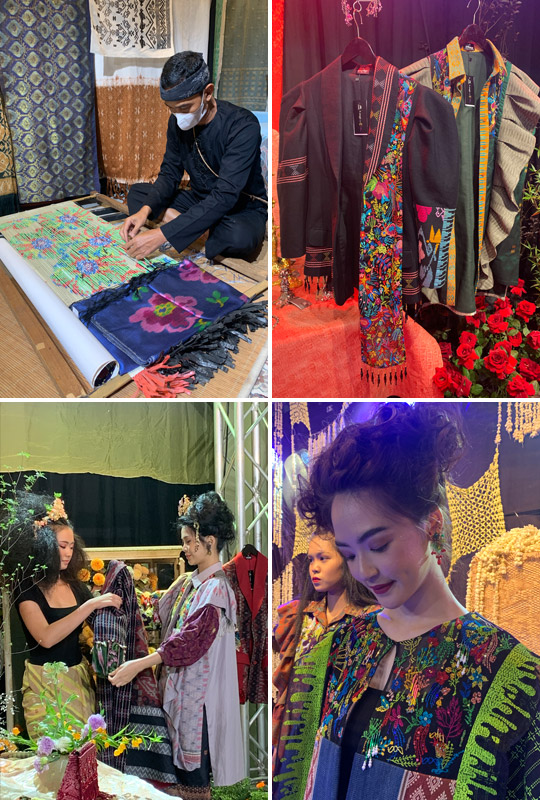
Trunk shows are always intimate to lure instant purchase, and Kawin Campur showed a creative way to attain it. For a careful return to post-pandemic normalcy, it was a charming afternoon of mixers, indeed. (Lynda Ibrahim)
 118
26/12/2025
118
26/12/2025
WHEN LEGO BECOMES A HOLIDAY LIFESTYLE GIFT
From F1-inspired builds to artful designs, LEGO invites adults to slow down, create, and reconnect this holiday season.
read more 1.68K
26/12/2025
1.68K
26/12/2025
BACHA COFFEE’S HOLIDAY MENU - A SYMPHONY OF FLAVOUR AND FINESSE
Savour the Season: Bacha Coffee unveils its Holiday Menu - a symphony of flavour and finesse
read more 11.01K
03/12/2025
11.01K
03/12/2025
LIVING DIVANI ILLUMINATES THE FESTIVE SEASON IN SHADES OF DEEP RED AND LUMINOUS SILVER
Living Divani illuminates the festive season in shades of deep red and luminous silver, reimagining its iconic designs with festive radiance.”
read more 10.30K
15/12/2025
10.30K
15/12/2025
CIERRE1972 PRESENTS BELT AND MAC: TWO ARMCHAIRS DEFINED BY CONTEMPORARY ELEGANCE
Cierre1972’s Dynamic Duo, Defined by Contemporary Elegance
read more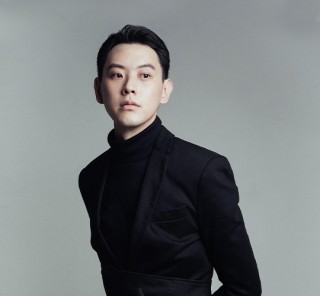 81.66K
10/01/2025
81.66K
10/01/2025
W RESIDENCE IN SOUTH JAKARTA BY MICHAEL CHANDRA
Michael Chandra, founder of MNCO Studio Design has created the W Residence with an aesthetically pleasing, practical, and pleasant home from all...
read more 44.46K
11/07/2025
44.46K
11/07/2025
PELUNCURAN PERDANA LEGANO HOME MENGGANDENG AGAM RIADI DI ST REGIS RESIDENCE JAKARTA
Peluncuran perdana LEGANO HOME menggandeng Agam Riadi di St. Regis Residence Jakarta: menyatukan kemewahan dan jiwa dalam sebuah ruang.
read more





